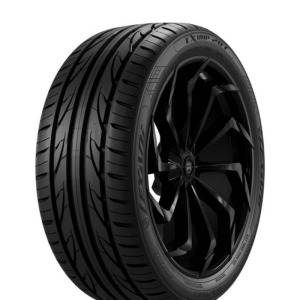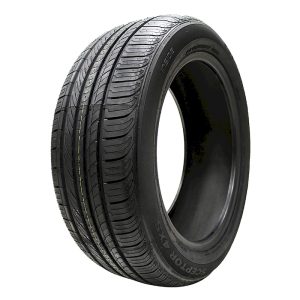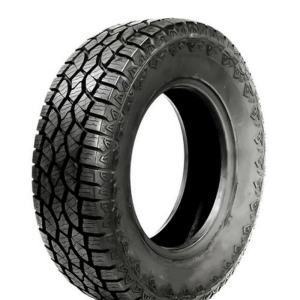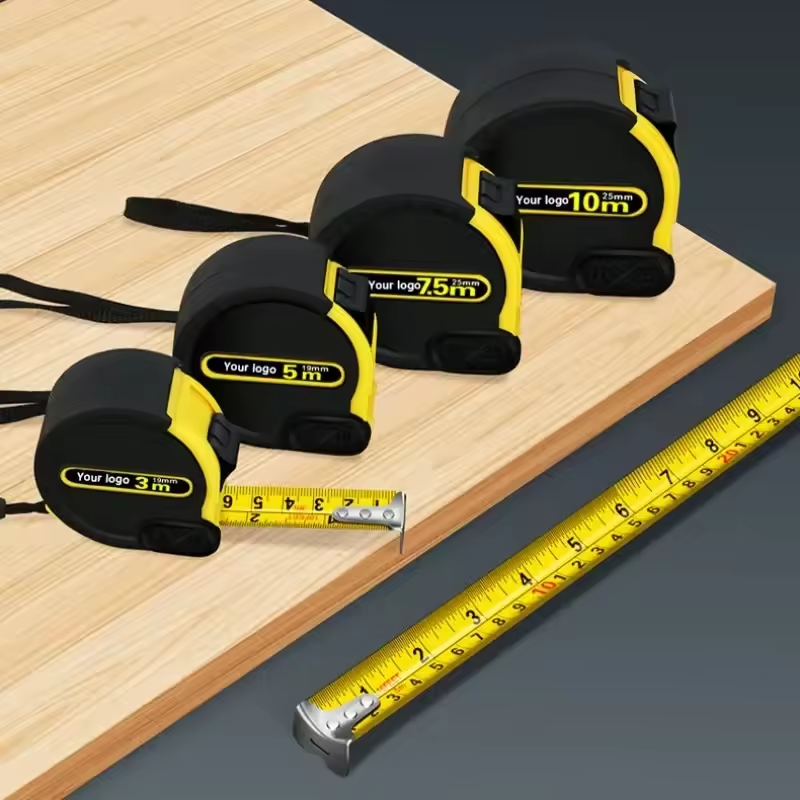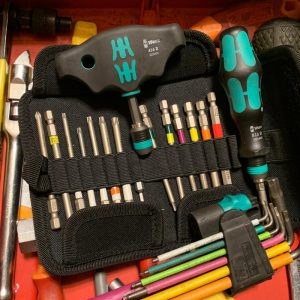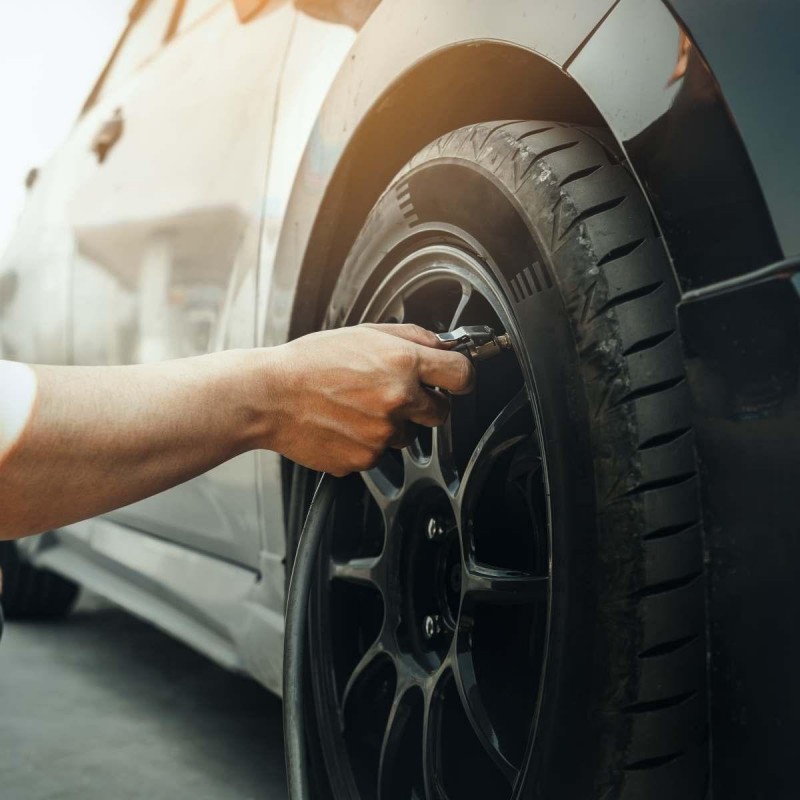
When it comes to vehicle maintenance, ensuring that your tires are properly inflated is crucial for safety and performance. Under-inflated tires can lead to poor handling, increased wear, and reduced fuel efficiency. A portable air compressor for inflating tires is an essential tool for any driver, as it allows you to adjust tire pressure easily and efficiently. These handy devices have evolved significantly over the years, with modern models offering a range of features that enhance their usability. Whether you’re on the road or at home, having a portable air compressor ensures that you’re equipped to tackle unexpected situations, such as flat tires or low air pressure.
In this comprehensive guide, we will delve into the various types of portable air compressors, their features, how to use them effectively, maintenance tips, and recommendations for the best models on the market. By the end of this article, you’ll have a thorough understanding of what to look for in a portable air compressor for inflating tires, ensuring that you stay safe on the road.
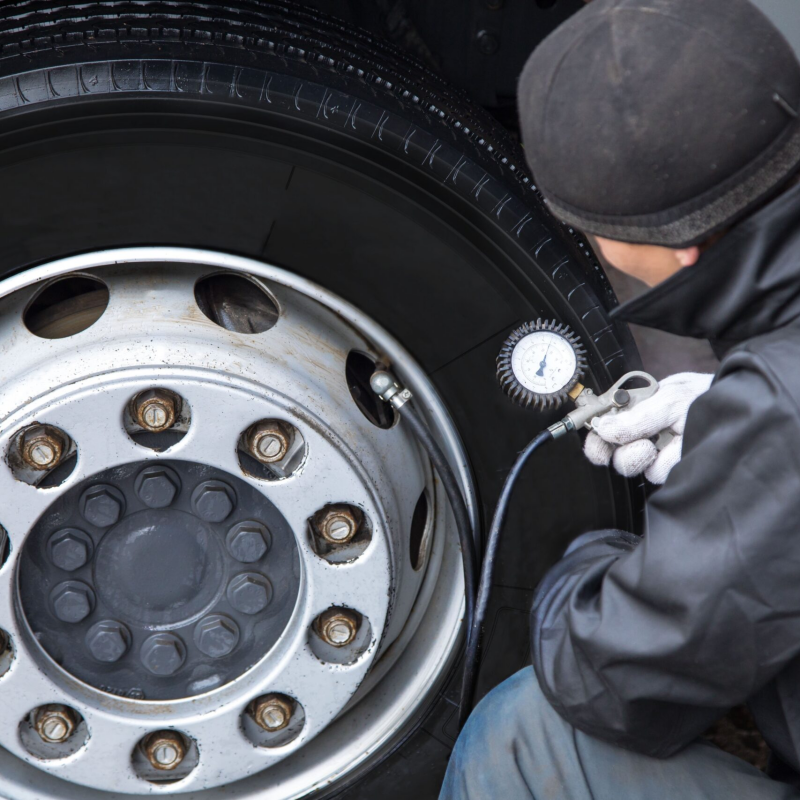
Understanding the Importance of Proper Tire Inflation
Tires are a critical component of your vehicle, and maintaining their proper inflation can significantly impact various aspects of driving. When we talk about a portable air compressor for inflating tires, we must first appreciate why tire inflation is so crucial.
Safety and Handling
Properly inflated tires are essential for safe driving. Over-inflated tires can lead to reduced traction, making it harder to control the vehicle during adverse conditions like rain or snow. Conversely, under-inflated tires can cause the sidewalls to flex excessively, leading to blowouts and increased stopping distances. Maintaining the correct tire pressure enhances grip, ensures predictable handling, and allows for shorter stopping distances.
Fuel Efficiency
Tire pressure has a direct impact on your vehicle’s fuel efficiency. Under-inflated tires create more rolling resistance, requiring your engine to work harder to maintain speed. According to the U.S. Department of Energy, for every 1 psi decrease in tire pressure, fuel efficiency decreases by approximately 0.2%. By utilizing a portable air compressor for inflating tires regularly, you can ensure optimal performance and save money on fuel costs.
Tire Longevity
Proper inflation levels extend the life of your tires. When tires are incorrectly inflated, they wear unevenly. Over-inflation often causes wear in the center of the tire, while under-inflation leads to wear on the edges. By maintaining the right pressure, you can maximize tire life, delaying the need for costly replacements.
Environmental Impact
Maintaining proper tire pressure can also contribute to a more eco-friendly driving experience. Improved fuel efficiency means lower carbon emissions. By using a portable air compressor for inflating tires, you not only help your vehicle perform better but also minimize your environmental impact.
Types of Portable Air Compressors
When shopping for a portable air compressor for inflating tires, it’s important to understand the different types available. Each type has its unique features designed to serve various needs.
Piston-Type Compressors
Piston-type air compressors are some of the most common types used for inflating tires. These compressors use a piston mechanism to compress air and deliver it to the tire. They are typically available in both single and multi-cylinder configurations, allowing for varying air delivery rates. This type is favored for its reliability and ability to work in various conditions.
Aquatech Air Compressors
Aquatech air compressors focus on delivering consistent performance in wet conditions. They are specially designed to provide high-pressure outputs while being resistant to water damage. Although not as common, they provide an excellent option for those who often work in wet environments.
DC Tire Inflators
DC tire inflators are designed to operate using your vehicle’s 12V power outlet. They are lightweight, easy to transport, and can be powered directly from the car’s battery. These inflators are particularly useful for on-the-road emergencies, as they allow you to inflate tires without needing a separate power source.
AC Tire Inflators
AC tire inflators are generally more powerful than their DC counterparts, designed to be plugged into the standard electrical outlets at home or in workshops. While they are less portable in the traditional sense, their higher pressure output and faster inflation rates make them effective for larger vehicles or heavy-duty applications.
Portable Battery-Powered Compressors
Battery-powered portable compressors offer the most flexibility in terms of location. They are self-contained units, meaning you aren’t tied to a vehicle or electrical outlet. Most models come with built-in rechargeable batteries, providing excellent performance for light to medium tire inflation tasks.
Multi-Function Compressors
These versatile compressors often include additional features such as built-in lights, digital pressure gauges, and the ability to inflate other items, like sports equipment and inflatables. A multi-function compressor can be an excellent investment for those who want more than just a tire inflation tool.

Key Features to Look for in a Portable Air Compressor
Choosing the right portable air compressor for inflating tires involves considering various features that enhance usability and performance. Below are some key factors to keep in mind during your selection process.
Pressure Rating
The maximum pressure rating is crucial when selecting a compressor. Most standard tires require inflation to between 30 and 35 psi (pounds per square inch), so it’s essential to choose a compressor that can reach and maintain this level. Look for a compressor with a maximum pressure rating above 40 psi to allow flexibility for large vehicle tires or adaptations.
Airflow Rate
The airflow rate, often measured in liters per minute (LPM) or cubic feet per minute (CFM), indicates how quickly the compressor inflates tires. A higher airflow rate means faster inflation; therefore, check this specification to ensure you select a compressor that meets your needs.
Size and Portability
The overall size and weight of the portable compressor are significant factors to consider if you’re planning to keep it in your vehicle or carry it regularly. Choose a lightweight and compact model that can easily be stored in the truck or backseat of your car without clutter.
Power Source
Consider how the compressor is powered, as this affects its usability. Compressors that plug into your vehicle’s 12V outlet provide essential access while on the road. Alternatively, battery-powered models offer greater flexibility, allowing you to use them anywhere without reliance on a vehicle or outlet.
Digital Pressure Gauge
A built-in digital pressure gauge adds convenience to the inflation process. This feature allows you to monitor pressure levels accurately and adjust as necessary. It can also save time and prevent over-inflation, as many models will automatically shut off once the desired pressure is reached.
Noise Level
Noise levels can be a concern when using a portable air compressor. Look for models that are designed with quieter operation in mind. Reviews often highlight the noise level, helping you choose a compressor that won’t disturb the peace during use.
Build Quality and Durability
The build quality of the compressor significantly affects its longevity and performance. High-quality materials, protective coatings, and ruggedized designs ensure the compressor withstands outdoor conditions, making it a reliable companion for your inflating needs.
How to Use a Portable Air Compressor for Inflating Tires
Knowing how to use a portable air compressor for inflating tires is crucial for your safety and the longevity of your tires. Below is a step-by-step guide for effective use.
Step 1: Prepare the Compressor
Begin by ensuring your compressor is fully functional. If it’s battery-operated, charge it to the recommended level. If it connects to your vehicle, confirm that your vehicle is turned on and the outlet is functioning.
Step 2: Remove Valve Caps
Before connecting your compressor, remove the valve caps from the tire you intend to inflate. Put these caps in a safe location to prevent losing them during the process.
Step 3: Connect the Air Hose
Attach the air hose from the compressor to the valve stem of your tire. Ensure a tight fit to prevent air leakage during inflation. Most compressors feature a locking mechanism to secure the connection.
Step 4: Set Desired Pressure
If your compressor includes a digital pressure gauge or automatic shut-off feature, set the desired tire pressure before beginning to inflate. This step eliminates the risk of over-inflating your tires.
Step 5: Activate the Compressor
Turn on the compressor and allow it to inflate the tire to the set pressure. Monitor the gauge (if equipped) during the inflation process. After inflation, the compressor should automatically shut off if programmed.
Step 6: Disconnect and Replace Valve Caps
Once inflation is complete, carefully disconnect the air hose from the valve stem. Replace the valve cap to prevent any air leakage.
Step 7: Check Pressure
To ensure accurate inflation, it’s a good idea to check the tire pressure once more using a separate pressure gauge. This step confirms that your tire is at the correct specification, enhancing your safety on the road.
Maintenance Tips for Your Portable Air Compressor
Ensuring that your portable air compressor for inflating tires remains in excellent condition requires regular maintenance. Following some basic upkeep practices will enhance longevity and improve performance.
Clean the Air Filter
If your compressor features an air filter, cleaning or replacing it regularly is essential. A clogged filter can reduce airflow and efficiency. Check the manufacturer’s recommendations for filter maintenance and follow them accordingly.
Inspect Hoses and Connections
Regularly check the air hoses and connections for any signs of wear or damage. Cracks, leaks, or separation can affect performance. Replace any compromised components immediately to maintain functionality.
Store Properly
When not in use, store your air compressor in a cool, dry area. Protect it from extreme temperatures and moisture to prevent long-term damage. Place it in its original box or a storage container for added protection.
Check Oil Levels (if applicable)
For piston-type compressors that require oil, regularly check the oil levels and top off as needed. Follow the manufacturer’s guidelines for the appropriate oil type to ensure optimal performance.
Run the Compressor Regularly
Use your compressor periodically, even when not needed for tire inflation. Running it for a few minutes ensures that all internal components operate smoothly and remain in good working order.
Consult the User Manual
Always refer to the user manual for specific maintenance guidelines and recommendations from the manufacturer. These manuals often provide critical information specific to your model, enhancing performance and lifespan.
Popular Brands of Portable Air Compressors
Investing in a high-quality portable air compressor for inflating tires is essential for effective performance. Below are some popular brands known for producing reliable compressors:
DEWALT
DEWALT is renowned for its durable tools and equipment, and its portable air compressors are no exception. Their models often feature robust construction, high performance, and user-friendly designs. DEWALT compressors are versatile, offering a range of options suitable for different needs.
Campbell Hausfeld
Campbell Hausfeld has a long-standing reputation for manufacturing reliable air compressors. Their portable models are perfect for tire inflation, featuring built-in pressure gauges and various power options. They are also known for excellent customer service and support.
VIAIR
VIAIR specializes in portable air compressors, particularly those designed specifically for tire inflation. Their models often include features like digital pressure gauges, automatic shut-off, and exceptional durability. VIAIR compressors are frequently praised for their portability and performance.
BLACK+DECKER
BLACK+DECKER is a trusted brand for various tools, including air compressors. Their portable models are designed for convenience and ease of use, making them a suitable choice for families and individual drivers. With straightforward designs and reliable performance, BLACK+DECKER compressors offer great value.
BOSTITCH
Known for their high-quality tools, BOSTITCH also produces a range of portable air compressors that excel in tire inflation. These compressors feature robust designs, impressive air output, and additional functionalities, such as dual outlets for multi-tasking.
HYPERTOOL
HYPERTOOL offers innovative portable air compressors designed for efficiency and effectiveness. Their products often incorporate user-friendly technologies, including digital inflators and compact designs. HYPERTOOL compressors stand out for their portability and reliable performance.

Conclusion
A portable air compressor for inflating tires is an invaluable investment for anyone who drives. Understanding how to choose the right model, its importance, and proper usage techniques will ensure you keep your tires adequately inflated and ready for the road. Regular maintenance of your compressor will also extend its life, allowing you to depend on it whenever you face tire pressure issues.
By familiarizing yourself with the different types of portable air compressors available today, you can select the best one for your needs. From piston-type compressors to battery-operated models, each offers unique features that cater to a range of preferences. Make tire maintenance a priority, and enjoy the safety, performance, and environmental benefits of driving on properly inflated tires.
Ultimately, embracing the convenience of portable air compressors enhances your driving experience. Whether you’re dealing with routine tire checks or addressing unexpected emergencies, having the right equipment on hand is key to being prepared for whatever the road may bring.
